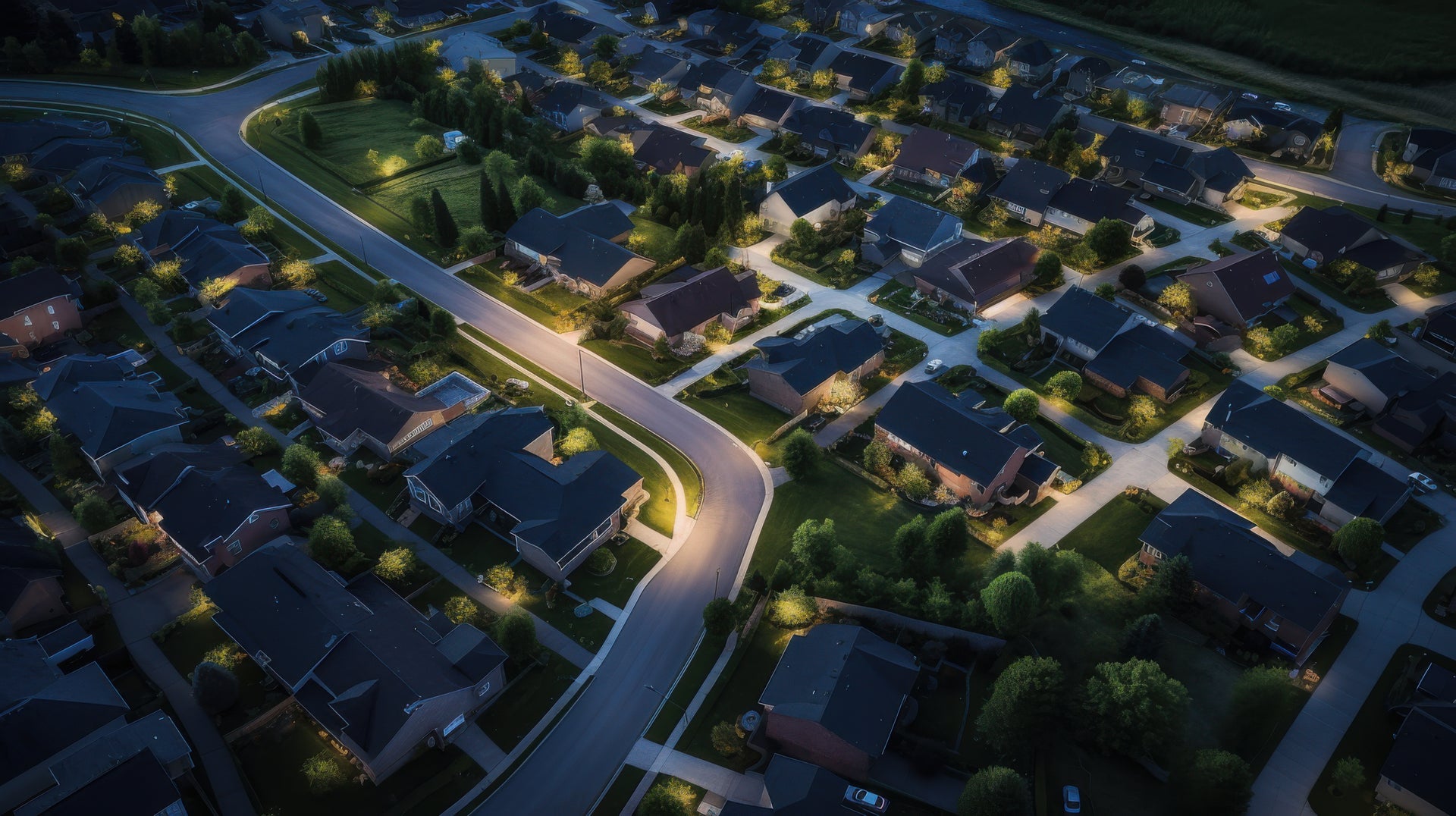August 30, 2021 | 10:49 am CT
A remote area landfall for Hurricane Ida
- Late Saturday into Sunday, August 29, Hurricane Ida rapidly intensified into a Category 4 hurricane before making landfall near Port Fourchon shortly before 12pm CT. The closest metro areas included Grand Isle, Houma and New Orleans. Destructive winds exceeded 145mph at landfall, and significant storm surge greater than 5-7 ft impacted many areas of the SE LA coastline including Grand Isle. The maximum surge heights are still unknown and make take several days to understand the true impact.
- Port Fourchon is a more remote area approximately 15 miles SE of Grand Isle and is known for its significant transport of petroleum. The area services more than 90% of the Gulf’s deep water oil drilling and production. Although no damage has been reported yet, approximately 95% of production was shut down as a precaution. Most offshore assets are designed to withstand up to 30 feet in waves, though reports from wind damage are not yet available.
- In areas near Hurricane Ida’s landfall, destructive winds exceeded 145mph. The maximum surge heights are still unknown and make take several days to confirm. Ida began to slow as she approached the Louisiana coast through landfall but still made landfall as a Category 4 storm with sustained winds near 150mph. Substantial damage to property from wind and flooding has been seen in early eyewitness reports.
Rainfall and tornadic activity, as well as power outages, remain key concerns
- By Sunday evening, several reports were issued of local levees in Plaquemines Parish being overtopped from surge and freshwater flooding. Residents were told to seek higher ground immediately.
- Tornadic activity has been relatively low thus far but a continued threat for tornadoes to the east of the center as the Ida tracks northward through LA. The greatest tornado threat over the next 24 hours will be across portions of MS and AL.
- The slow movement of Ida through LA will also result in extreme rainfall totals of 15-20” in a corridor from SE LA to South Central MS.
- As of Monday morning, over 90% of New Orleans remains without power.
The levee system is currently holding and Hurricane Ida’s impacts may be less than Hurricane Katrina’s
- Following Katrina, the US Army Corps of Engineers designed and constructed the Hurricane & Storm Damage Risk Reduction System (HSDRRS). This is a $15 billion levee system designed to protect the area from storm surge. The HSDRRS protected many lives and homes during Hurricane Ida demonstrating that it was an improvement from the previous protection systems.
- Making landfall on the 16th anniversary of Hurricane Katrina, Ida is drawing comparison to the deadly 2005 event. The two affected the same coastal region – Katrina’s eye passed over Mississippi, about 50 miles to the east of Ida’s landfall.
- However, Katrina’s wind field was substantially larger than Ida’s, resulting in storm surge of 24 to 28 feet that flooded 80% of New Orleans. Ida’s storm surge has topped out between 12 and 16 feet, lashing the multi-billion-dollar levees implemented after the catastrophic aftermath of Katrina. While Ida is a stronger hurricane by wind comparison, Katrina was significantly larger in size. While storm surge, rainfall, and flash flooding could take several days to subside, the levees appear to be holding. As Louisiana residents prepare for the worst reality, one thing is for certain – Ida’s impact will look very different than Katrina’s.
- CoreLogic estimates that 515,952 homes were affected by Hurricane Ida’s powerful winds – compared to Hurricane Katrina, whose winds affected 793,824 homes. Hurricane Katrina directly hit a more populated area than Ida.
- Hurricane Ida’s Category 2-level or greater winds affected approximately 90,000 homes, which is close to the 100,000 homes affected by Hurricane Katrina’s Category 2-level or greater winds. Ida was a very severe storm, and the wind damages from this event may equal those from Katrina.

